WhatsApp Chatbot Testing Guide for 2025 Success
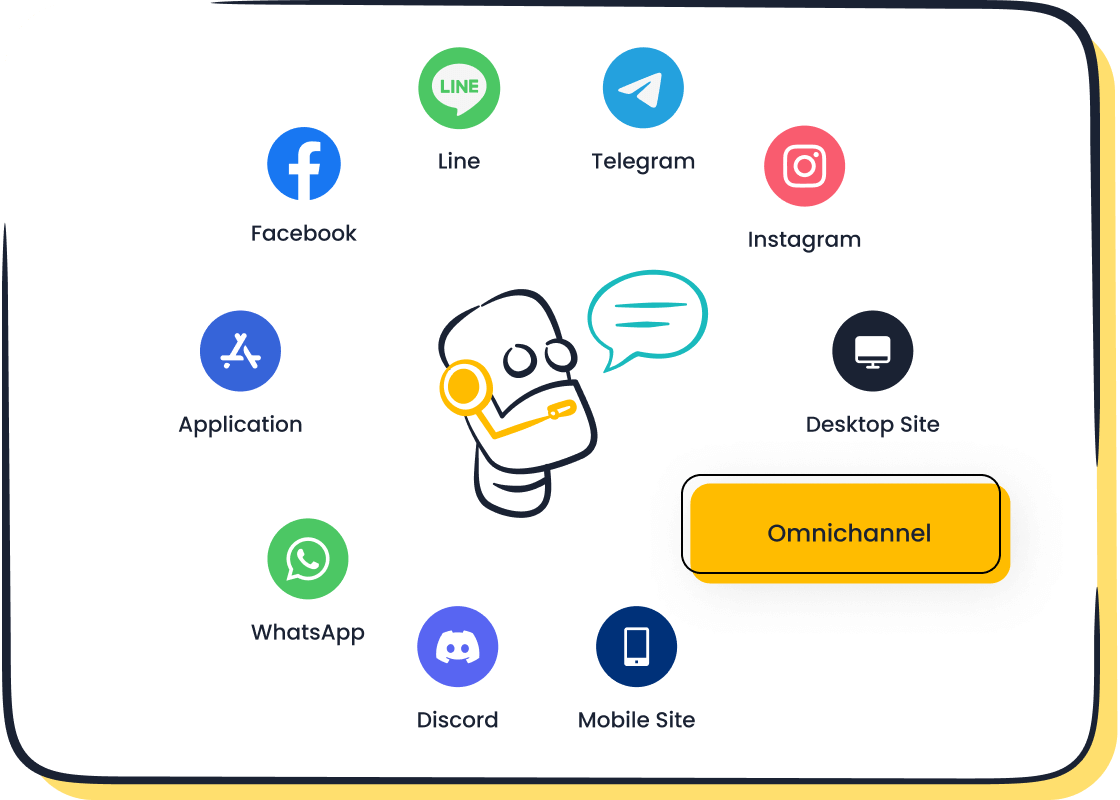
In today’s fast-paced digital world, WhatsApp chatbot automation has become a cornerstone of modern customer service. Businesses now handle up to 30,000 customer service requests monthly on WhatsApp, with chatbots resolving 91% of queries. This automation not only reduces call center volumes by 33% but also accelerates response times by threefold. However, achieving these results requires rigorous testing and optimization. Testing ensures chatbots deliver seamless user experiences, while optimization aligns them with evolving customer needs, directly impacting satisfaction and business growth.

Sobot, a leading WhatsApp Business Solution Provider, empowers businesses with AI-powered chatbots that enhance efficiency, cut costs, and boost conversions. By leveraging Sobot’s solutions, companies like OPPO have achieved an 83% chatbot resolution rate and a 57% increase in repurchase rates. With Sobot, you can transform your WhatsApp chatbot into a powerful tool for success in 2025.
Why Testing and Optimization Are Crucial for WhatsApp Chatbots
Risks of Skipping Testing
Poor User Experience and Customer Retention
Neglecting chatbot testing can lead to frustrating user experiences. Imagine a WhatsApp chatbot that fails to understand customer queries or provides irrelevant responses. Users may abandon the interaction, resulting in lower satisfaction and retention rates. Testing ensures your chatbot delivers accurate and timely responses, which are essential for maintaining trust and loyalty. Without it, your business risks losing customers to competitors offering smoother interactions.
Increased Operational Costs
Skipping testing can also inflate operational costs. A poorly functioning WhatsApp chatbot may escalate simple queries to human agents unnecessarily, increasing workload and expenses. Regular testing helps identify and fix these inefficiencies, ensuring your chatbot operates effectively. This reduces reliance on human agents and cuts costs, making your WhatsApp chatbot automation strategy more sustainable.
Benefits of Thorough Testing
Enhanced Customer Satisfaction
Thorough chatbot testing directly impacts customer satisfaction. By conducting A/B tests, you can identify the most effective conversation flows and improve engagement. Customers appreciate chatbots that provide prompt and accurate responses, enhancing their overall experience. Metrics like response time and customer satisfaction rate (CSAT) can guide improvements, ensuring your WhatsApp chatbot meets user expectations.
Improved Business Efficiency
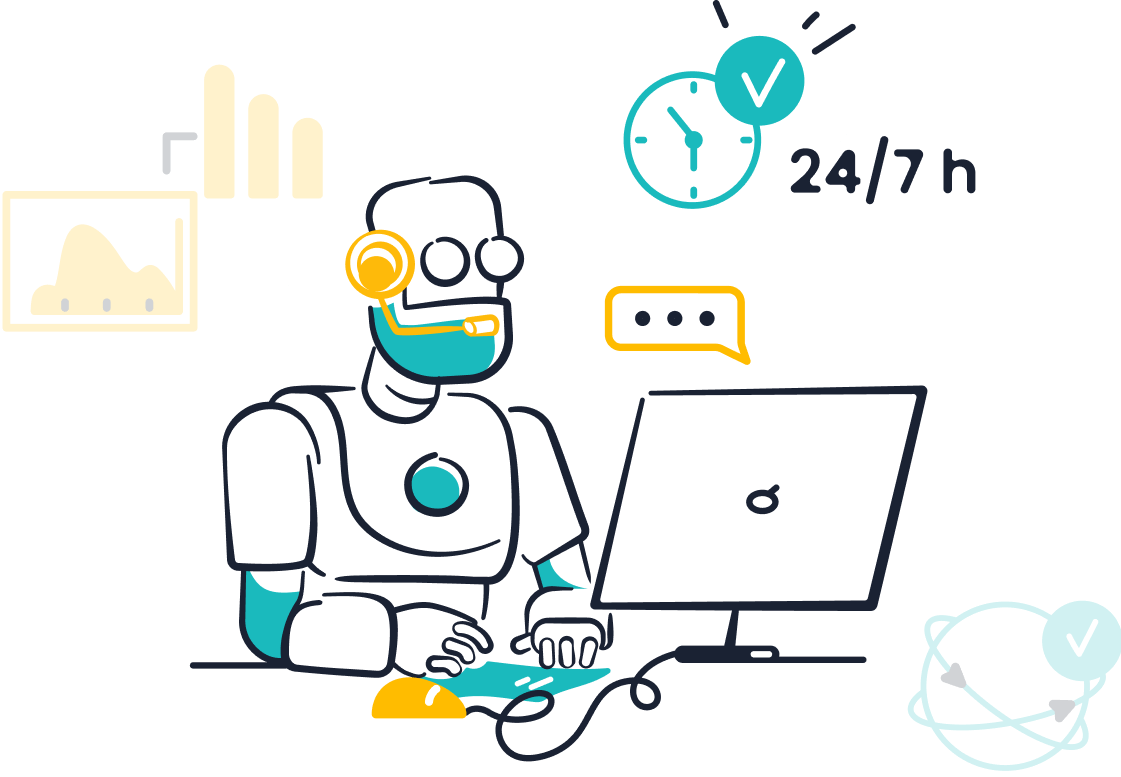
Testing boosts efficiency by optimizing the chatbot’s performance. Regular evaluations of response accuracy and conversational flow help streamline operations. For example, businesses using AI-powered chatbots like Sobot’s have reported significant productivity gains. These chatbots handle repetitive queries autonomously, allowing human agents to focus on complex issues. This balance improves both efficiency and service quality.
The Importance of Optimization in 2025
Meeting Evolving Customer Expectations
Customer expectations are constantly changing. In 2025, users will demand even faster and more personalized interactions. Optimization ensures your WhatsApp chatbot stays ahead by leveraging advanced analytics and sentiment analysis. Tools like Sobot’s AI-powered chatbot can analyze trends and adapt to user needs, providing tailored responses that enhance customer engagement.
Staying Ahead in Competitive Markets
Optimization is key to maintaining a competitive edge. Businesses that invest in agile processes and advanced analytics can quickly adapt to market trends. For instance, integrating data from various touchpoints offers a unified view of the customer journey, enabling better decision-making. Partnering with experts like Sobot ensures your WhatsApp chatbot remains a valuable asset in a dynamic market.
Steps to Effectively Test a WhatsApp Chatbot

Planning and Preparing Test Cases
Defining Objectives and Success Metrics
Before starting chatbot testing, you must define clear objectives and success metrics. These objectives should align with your business goals, such as increasing sales or improving customer retention. For example, if your WhatsApp chatbot aims to reduce wait times, you can set a target response time of under 10 seconds. Success metrics like response accuracy, resolution rates, and customer satisfaction scores (CSAT) help you measure the chatbot's effectiveness. Continuous monitoring of these metrics ensures your chatbot remains aligned with user needs and business priorities.
Identifying Key Scenarios for Testing
Identifying key scenarios ensures your chatbot performs well in real-world situations. Focus on high-priority use cases, such as handling FAQs, processing orders, or resolving complaints. For instance, a WhatsApp chatbot for retail should excel at providing product recommendations and tracking orders. Testing these scenarios helps you uncover potential issues and refine the chatbot’s functionality. By addressing these critical areas, you can enhance user interaction and improve customer engagement.
Conducting Functional Testing
Verifying Core Features of the Chatbot

Functional testing ensures your chatbot’s core features work as intended. This includes verifying its ability to respond accurately, handle multiple queries, and escalate issues to human agents when necessary. Metrics like accuracy rate and total conversations handled provide insights into the chatbot’s performance. For example, Sobot’s AI-powered chatbot excels in functional accuracy, resolving up to 91% of queries autonomously. Regular functional testing ensures your WhatsApp chatbot delivers consistent and reliable service.
Ensuring Compatibility Across Platforms
Your WhatsApp chatbot must function seamlessly across different devices and operating systems. Compatibility testing ensures users enjoy a consistent experience, whether they access the chatbot on Android, iOS, or desktop. Tools like Botium can automate this process, testing the chatbot on virtual devices to save time and resources. Ensuring compatibility enhances user experience and boosts customer engagement, making your WhatsApp chatbot a valuable asset.
Conversational Testing for User Experience
Evaluating Natural Language Understanding (NLU)
Natural Language Understanding (NLU) is critical for effective chatbot interactions. Conversational testing evaluates how well your chatbot understands user inputs, including slang, typos, and complex queries. For example, user simulators can create dynamic scenarios to test the chatbot’s adaptability. A high NLU accuracy rate ensures your WhatsApp chatbot provides relevant and meaningful responses, improving user satisfaction and engagement.
Testing Multi-Turn Conversations
Multi-turn conversations involve back-and-forth exchanges between the user and the chatbot. Testing these interactions ensures the chatbot maintains context and delivers coherent responses. For instance, a WhatsApp chatbot for customer support should handle topic-switching without losing track of the conversation. Studies show that user-centric evaluations improve chatbot performance in multi-turn scenarios. By refining these capabilities, you can enhance the overall user experience and drive customer engagement.
Error Handling and Security Testing
Managing Unexpected Inputs Gracefully
Your WhatsApp chatbot must handle unexpected inputs effectively to maintain a smooth user experience. Users often send incomplete or irrelevant messages, and your chatbot should respond with helpful guidance or redirect them to appropriate topics. For example, if a user types "order," the chatbot could ask, "Are you looking to track or place an order?" This approach ensures clarity and keeps the conversation on track.
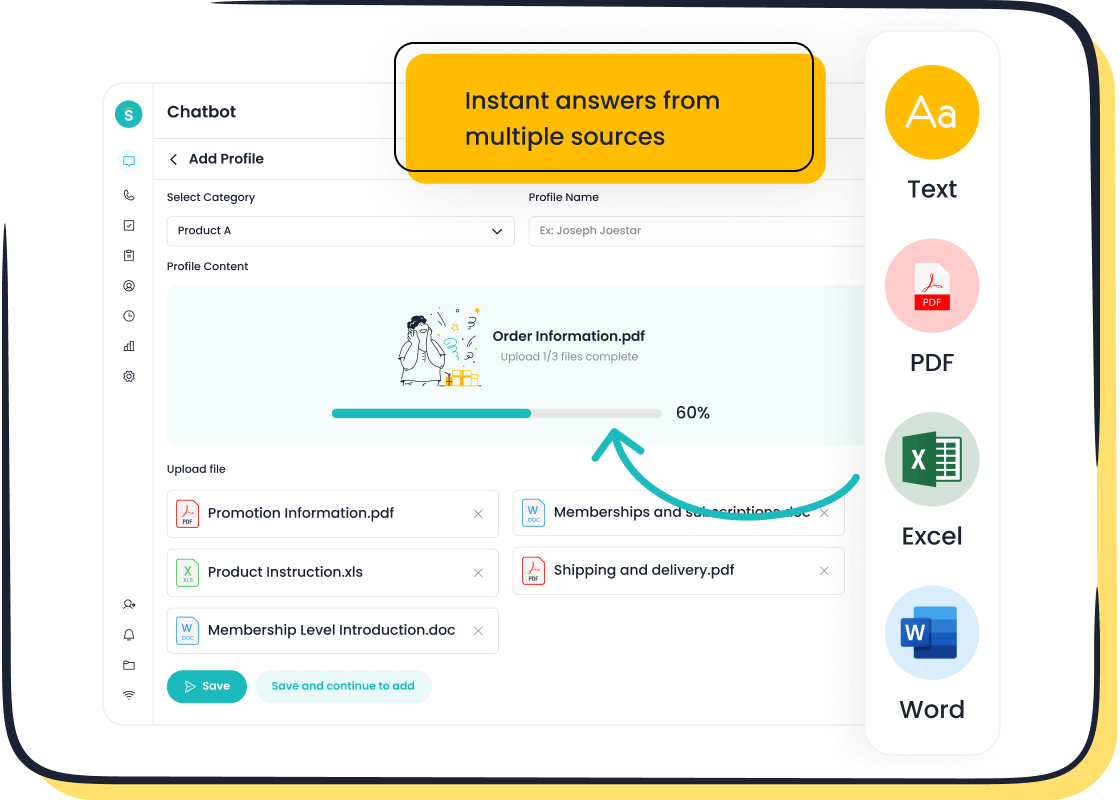
Testing error handling capabilities is essential. You can simulate invalid inputs, such as typos or nonsensical phrases, to evaluate how the chatbot reacts. A well-tested chatbot will gracefully manage these scenarios without frustrating users. Input validation also plays a critical role by checking data types, formats, and lengths to prevent processing errors. Sobot’s AI-powered chatbot excels in managing unexpected inputs, ensuring users receive meaningful responses even in complex situations.
Protecting User Data and Preventing Breaches
Securing user data is a top priority for any WhatsApp chatbot. Data breaches often result from human errors or system vulnerabilities. To prevent this, your chatbot must comply with privacy regulations and implement robust security measures like encryption and access controls. For instance, testing for vulnerabilities such as SQL injection or cross-site scripting can help identify and fix potential risks.
Sobot’s WhatsApp Business API ensures secure data handling, protecting sensitive customer information. Regular security testing, including penetration tests, strengthens your chatbot’s resilience against cyber threats. By prioritizing security, you build trust with your users and safeguard your business reputation.
Performance Testing for Scalability
Load Testing for High Traffic Scenarios
Your WhatsApp chatbot must perform well under heavy traffic. Load testing evaluates its ability to handle multiple conversations simultaneously without compromising response quality. For instance, during peak shopping seasons, a retail chatbot might need to manage thousands of queries at once. Testing ensures the chatbot remains responsive and efficient, even under such conditions.
Sobot’s chatbot solutions are designed for scalability, making them ideal for businesses experiencing high traffic. By conducting load tests, you can identify performance bottlenecks and optimize your chatbot for seamless operation during busy periods.
Analyzing Response Times
Fast response times are critical for user satisfaction. Performance testing measures how quickly your WhatsApp chatbot replies to user queries. A delay of even a few seconds can frustrate users and reduce engagement. Tools like WhatsApp chatbot analytics help track response times and identify areas for improvement.
Sobot’s AI-powered chatbot delivers prompt responses, ensuring a smooth user experience. By regularly analyzing response times, you can maintain high performance and meet user expectations, even as your business grows.
Optimization Techniques for WhatsApp Chatbot Automation
A/B Testing for Continuous Improvement
Comparing Conversation Flows and Messages
A/B testing is a powerful method for optimizing your WhatsApp chatbot. It allows you to compare different conversation flows and message styles to determine which performs better. For example, you can test two variations of a greeting message to see which one engages users more effectively. Businesses using A/B testing often report higher engagement and conversion rates. According to research, this technique enhances personalization, improves user engagement, and increases ROI. By continuously refining your chatbot through A/B testing, you can ensure it delivers meaningful interactions and meets user expectations.
Analyzing User Preferences and Behavior
Understanding user preferences is essential for optimizing your WhatsApp chatbot. A/B testing provides valuable insights into how users interact with your chatbot. For instance, you can analyze which types of responses resonate most with your audience. This data-driven approach helps you tailor your chatbot’s behavior to align with user needs. Studies show that businesses leveraging A/B testing for user behavior analysis achieve better customer satisfaction and retention rates. By focusing on user preferences, you can create a more engaging and effective chatbot experience.
Personalization for Enhanced User Experience
Leveraging Customer Data for Tailored Responses
Personalization is key to creating a memorable user experience. By leveraging customer data, your WhatsApp chatbot can provide tailored responses that resonate with individual users. For example, if a customer frequently inquires about a specific product, the chatbot can proactively offer updates or promotions related to that item. Research indicates that 84% of consumers are willing to spend more with brands offering their preferred communication channels, such as WhatsApp. Personalization not only enhances efficiency but also boosts customer satisfaction and loyalty.
Implementing Dynamic Content and Recommendations
Dynamic content takes personalization to the next level. Your WhatsApp chatbot can use real-time data to offer personalized recommendations. For instance, a chatbot for an online retailer can suggest products based on a user’s browsing history. This approach increases engagement and drives conversions. Studies reveal that 74% of consumers are more likely to engage with businesses offering self-service options like chatbots. By implementing dynamic content, you can create a more interactive and personalized user experience.
Monitoring and Iterating Based on Analytics
Tracking Key Performance Indicators (KPIs)
Monitoring KPIs is crucial for optimizing your WhatsApp chatbot. Metrics such as user engagement, response accuracy, and resolution rates provide insights into your chatbot’s performance. For example, tracking response times can help you identify areas for improvement. Tools like WhatsApp chatbot analytics make it easier to monitor these metrics and ensure your chatbot aligns with business goals. Regularly reviewing KPIs allows you to make informed decisions and maintain high performance.
Using Feedback to Refine Chatbot Performance
User feedback is a valuable resource for refining your WhatsApp chatbot. Encourage users to share their experiences and suggestions. For instance, you can include a quick survey at the end of a conversation to gather insights. This feedback helps you identify pain points and areas for improvement. Businesses that actively use feedback to iterate on their chatbots often see higher customer satisfaction and engagement rates. By continuously refining your chatbot, you can ensure it remains effective and user-friendly.
Tools and Resources for Testing and Optimizing WhatsApp Chatbots
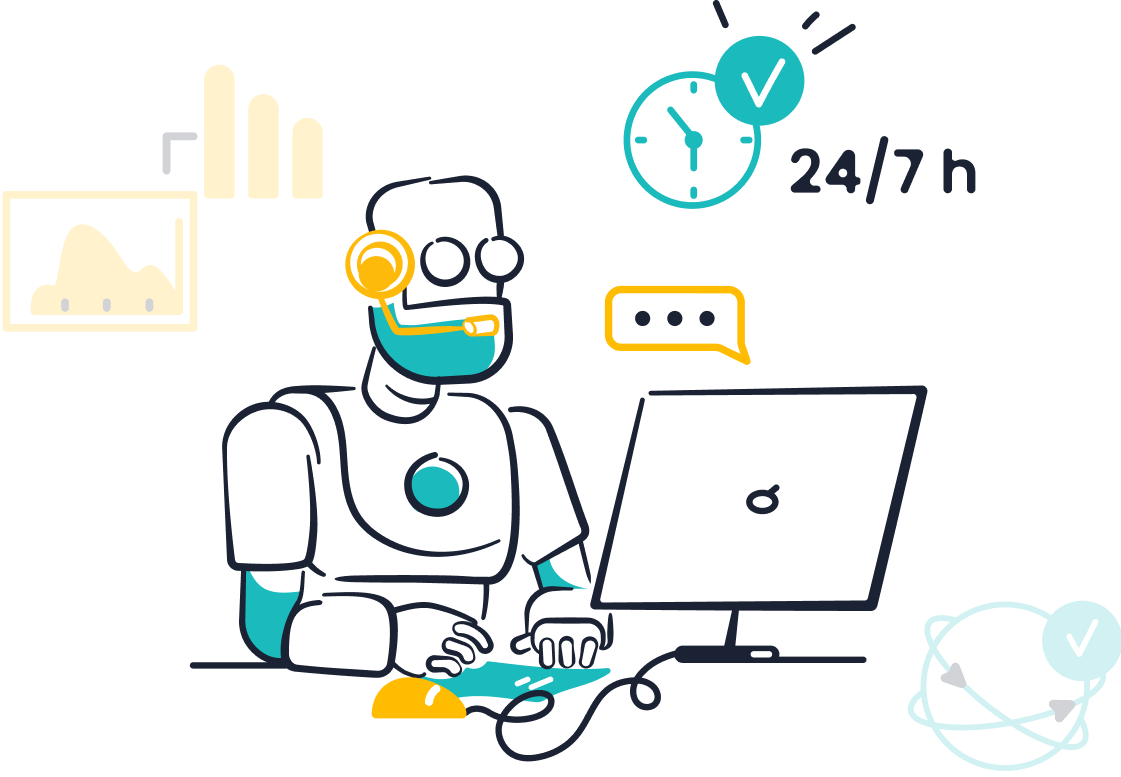
Testing Tools for WhatsApp Chatbot Automation
Platforms for Functional and Conversational Testing
Functional and conversational testing ensures your chatbot performs as expected. Tools like Botium and TestMyBot help you simulate real-world interactions. These platforms evaluate how well your WhatsApp chatbot handles user queries, maintains context, and provides accurate responses. For example, Botium allows you to test multi-turn conversations, ensuring your chatbot delivers a seamless experience. By using these tools, you can identify and fix issues before deployment, saving time and resources.
Tools for Load and Security Testing
Load and security testing are essential for scalability and data protection. Tools like Apache JMeter and OWASP ZAP help you evaluate your WhatsApp chatbot's performance under heavy traffic and identify vulnerabilities. JMeter simulates high-traffic scenarios, ensuring your chatbot remains responsive during peak periods. OWASP ZAP scans for security risks, such as data breaches, to protect user information. Regular testing with these tools ensures your WhatsApp chatbot operates efficiently and securely.
Optimization Tools for Maximum Efficiency
Analytics Platforms for Performance Monitoring
Analytics platforms like Google Analytics and WhatsApp Business analytics provide insights into your chatbot's performance. These tools track key metrics such as response times, resolution rates, and user engagement. For instance, WhatsApp Business analytics helps you monitor how users interact with your chatbot, enabling you to make data-driven improvements. By leveraging analytics, you can optimize your chatbot for better efficiency and user satisfaction.
A/B Testing Software for Experimentation
A/B testing software like Optimizely allows you to experiment with different chatbot features. You can test variations in conversation flows, message styles, or response formats to see what works best. For example, you might compare two greeting messages to determine which one engages users more effectively. A/B testing helps you refine your WhatsApp chatbot, ensuring it meets user expectations and drives better results.
Sobot’s Chatbot Solutions
Features of Sobot’s AI-Powered Chatbot
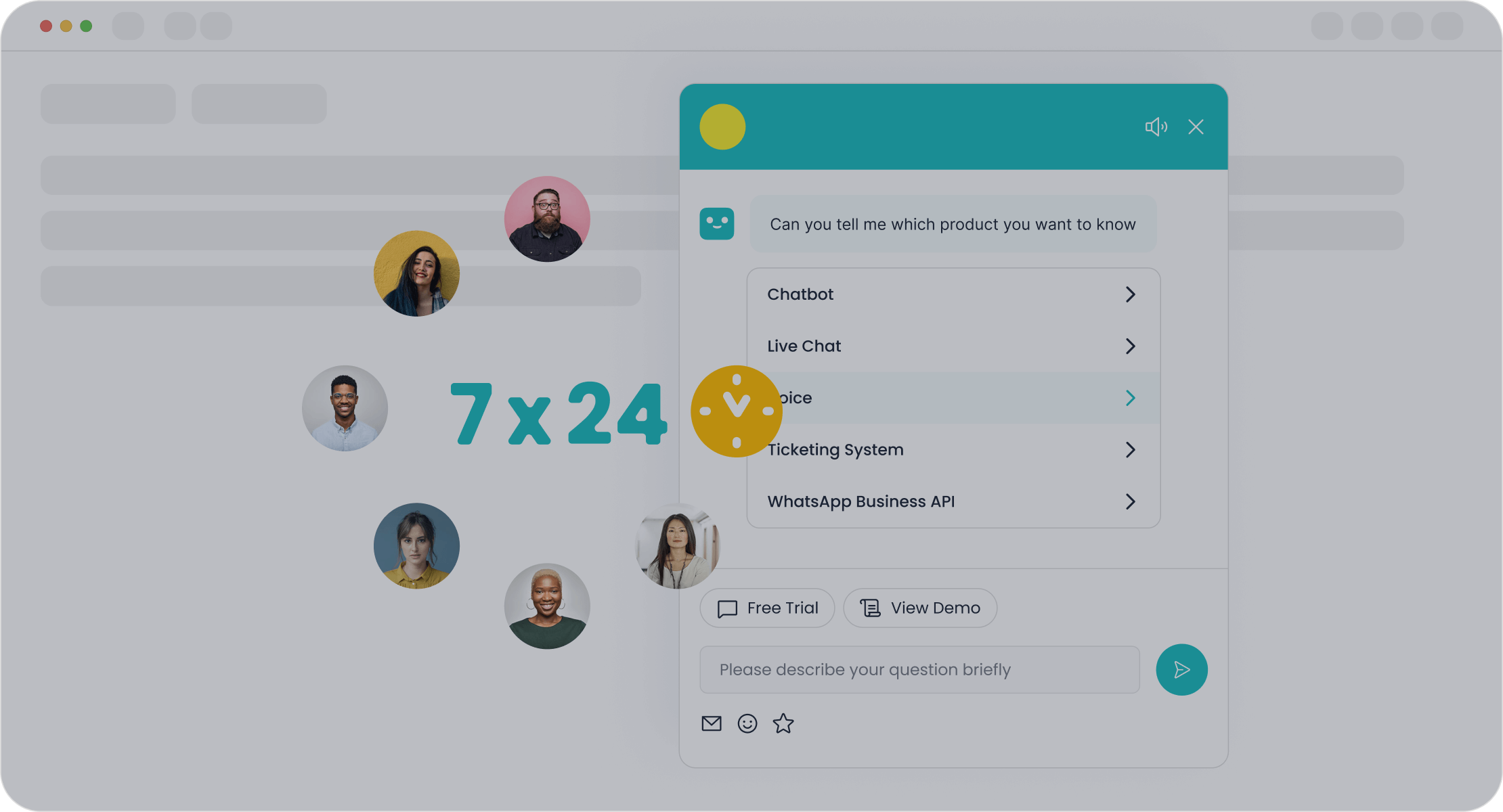
Sobot’s AI-powered chatbot offers advanced features like 24/7 availability, multilingual support, and seamless integration with WhatsApp. Its no-coding-required setup makes it accessible for businesses of all sizes. The chatbot uses a knowledge base to provide instant, accurate responses, enhancing user satisfaction. With omnichannel support, it interacts across platforms like WhatsApp and SMS, ensuring a consistent experience.
Benefits of Using Sobot for WhatsApp Chatbot Optimization
Sobot’s chatbot solutions improve efficiency, cut costs, and boost conversions. Businesses using Sobot have reported a 70% productivity increase and a 50% cost reduction. For example, OPPO achieved an 83% chatbot resolution rate and a 57% increase in repurchase rates with Sobot. By choosing Sobot, you gain a reliable partner for optimizing your WhatsApp chatbot and achieving your business goals.
Best Practices for WhatsApp Chatbot Success in 2025
Prioritize User-Centric Design
Focus on Accessibility and Simplicity
Your WhatsApp chatbot should prioritize accessibility and simplicity to ensure users can interact with it effortlessly. Design the chatbot interface to accommodate users of all technical skill levels. For example, include clear instructions and intuitive navigation. Accessibility features, such as support for multiple languages and compatibility with screen readers, make your chatbot inclusive. Sobot’s AI-powered chatbot excels in this area by offering multilingual support and a no-coding-required setup, making it easy for businesses to deploy and users to engage with.
Ensure Seamless Omnichannel Experiences
Users expect a consistent experience across all platforms. Your WhatsApp chatbot should integrate seamlessly with other communication channels like email, SMS, and social media. This ensures users can switch between platforms without losing context. For instance, a customer starting a conversation on WhatsApp should receive the same level of service if they continue it via email. Sobot’s omnichannel support enables businesses to unify customer interactions, creating a cohesive and efficient user experience.
Stay Updated with WhatsApp Policies and Trends
Compliance with Privacy and Security Standards
WhatsApp prioritizes user privacy, and your chatbot must comply with its policies to avoid penalties. Implement robust security measures like encryption and access controls to protect user data. Regularly review WhatsApp’s privacy guidelines to ensure compliance. Sobot’s WhatsApp Business API includes built-in security features, helping businesses safeguard sensitive information while maintaining trust with users.
Adapting to API and Platform Updates
WhatsApp frequently updates its API to enhance functionality and security. Staying informed about these updates ensures your chatbot remains compatible and effective. For example, new API features might improve message delivery or enable richer interactions. By adapting quickly, you can leverage these advancements to enhance user engagement. Sobot, as an official WhatsApp Business Solution Provider, ensures its solutions stay aligned with the latest platform updates.
Leverage AI and Automation for Continuous Growth
Enhancing Natural Language Understanding (NLU)
Strong NLU capabilities enable your WhatsApp chatbot to understand user queries accurately, even with slang or typos. This improves response accuracy and user satisfaction. Metrics like response time, accuracy rate, and customer satisfaction rate (CSAT) highlight the importance of NLU. For instance:
- Response Time: Faster replies keep users engaged.
- Accuracy Rate: High accuracy reduces the need for human intervention.
- CSAT: Positive feedback reflects effective interactions.
Sobot’s chatbot leverages advanced NLU to deliver precise and meaningful responses, ensuring a smooth user experience.
Automating Routine Tasks for Efficiency
Automation allows your WhatsApp chatbot to handle repetitive tasks like answering FAQs or processing orders. This reduces the workload for human agents and improves efficiency. For example, Sobot’s chatbot autonomously resolves up to 91% of queries, enabling agents to focus on complex issues. Automation not only saves time but also enhances scalability, making your chatbot a valuable asset for long-term growth.
Testing and optimizing your WhatsApp chatbot is essential for achieving success in 2025. These processes ensure your chatbot delivers seamless user experiences, meets evolving customer expectations, and stays competitive in dynamic markets. By following actionable steps like functional testing, conversational testing, and performance monitoring, you can refine your chatbot’s capabilities. Tools such as Botium for testing and Sobot’s AI-powered chatbot for optimization simplify this journey.
With Sobot’s solutions, you gain a trusted partner to enhance efficiency, cut costs, and boost conversions. Start transforming your WhatsApp chatbot today by exploring Sobot’s offerings.
FAQ
What is the best way to start testing a WhatsApp chatbot?
Begin by defining clear objectives and success metrics. For example, aim for a 90% query resolution rate or a response time under 10 seconds. Use tools like Botium to simulate real-world scenarios. Sobot’s AI-powered chatbot simplifies this process with its intuitive, no-coding-required setup.
How often should you optimize your WhatsApp chatbot?
You should optimize your chatbot regularly, ideally every quarter. Customer needs and market trends evolve quickly. Use analytics tools to track performance metrics like response accuracy and user engagement. Sobot’s chatbot solutions include built-in analytics, making it easier to monitor and refine your chatbot’s performance.
Can a WhatsApp chatbot handle multiple languages?
Yes, many chatbots, including Sobot’s AI-powered chatbot, support multilingual capabilities. This feature ensures your chatbot can interact with users in their preferred language. For instance, Sobot’s chatbot operates in over 50 languages, making it ideal for businesses with a global customer base.
How do you ensure data security in WhatsApp chatbot interactions?
Implement encryption, access controls, and regular security testing. For example, tools like OWASP ZAP can identify vulnerabilities. Sobot’s WhatsApp Business API includes robust security features, ensuring compliance with privacy regulations and protecting sensitive customer data.
What are the key benefits of using Sobot’s WhatsApp chatbot?
Sobot’s chatbot improves efficiency by resolving up to 91% of queries autonomously. It reduces costs by 50% and boosts conversions by 20%. With features like 24/7 availability, multilingual support, and seamless integration, Sobot’s chatbot is a powerful tool for enhancing customer interactions.
See Also
Steps to Build an Effective Chatbot for Your Site
Simple Ways to Integrate Chatbot Examples on Websites
The Impact of WhatsApp Chats on Website Interaction
